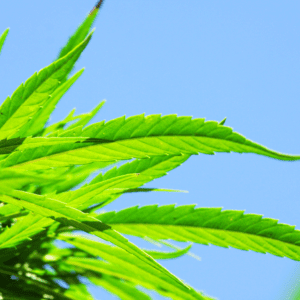Cultivating Sustainability: Building the Future with Locally Grown Hemp

Imagine one day having the possibility of building a home on Maui using locally grown hemp. As a construction product, hemp has extraordinary qualities. When mixed with lime, water, and volcanic minerals to create hempcrete, this eco-friendly building material is not only fire, mold, and termite resistant, but also non-toxic, sound-insulating, and energy-efficient. It even absorbs carbon dioxide from the air. The second home on Maui using hemp for wall construction has just been completed in Kula, utilizing the services of Joe Smith and Hemp Homes Hawaii LLC. This new house serves as a model of green building in the state, following the first Maui hemp home designed by architect George Rixey for retired NBA coach Don Nelson.
The Experience of Living in a Hemp Home
Walking into a hemp home, you can feel the difference compared to conventional construction. There’s a sense of stillness that’s palpable, creating a calm, almost sanctuary-like environment. “It’s like going to chapel,” reported Ginger Must, who built a hempcrete house in West Virginia. Ukrainian civil engineer Sergiy Kovalenkov, who helped build the Kula home, explained, “Walk into the hemp house and you have these perfect conditions. It’s super comfortable in terms of humidity and temperature fluctuations.” Kovalenkov was inspired to work with hemp after realizing the toxic environments created by conventional construction methods. He described his discovery of hempcrete technology as a “Eureka moment.”
Advocating for a Local Hemp Industry
Encouraging a locally grown hemp industry in the Hawaiian islands, Kovalenkov noted that “the pandemic and the war in Ukraine showed us that when you are cut off from essential materials, you become a hostage to the situation. Every sheet of drywall is imported to Hawaii. So why not manufacture something locally? You can grow your own house practically in the field next door.” A hemp crop for building a three-bedroom home can be grown on around two and a half acres of land and takes about four months to mature. “Hemp provides so many solutions to the crises that currently face humanity,” explained Steve Allin in his book “Hemp Buildings: 50 International Case Studies.”
Global Examples and Local Legislation
Hemp’s remarkable environmental benefits include carbon storage, erosion prevention, increased biodiversity, and low to no pesticide requirement. France, which never prohibited hemp cultivation in the 20th century, has been a leader in industrial hemp construction. Large-scale hemp projects in France and Britain highlight the material’s potential, with projects such as a 4,000 square-foot sports center near Paris and a 198,000 square foot store for Marks & Spencer in Britain. In the U.S., hemp production was only legalized in 2018. Recently, hemp-lime mixtures were included in the 2024 International Residential Code, potentially helping hempcrete building go mainstream.
Support from Local Leaders
Former Maui council member Kelly King and Senator Mike Gabbard have promoted hemp for building and supported legislation to help hemp growers in Hawaii. Maui Councilmember Gabe Johnson supports hempcrete as an alternative building source, stating that industrial hemp can benefit local farmers, economic development, affordable housing supply, and a resilient environment. Johnson emphasized the need for innovative green and fire-resistant building materials like industrial hemp and supported provisions to allow alternative materials, design, and construction methods in the Building Code.
The push for locally grown hemp and the use of hempcrete in construction represent a significant step towards a sustainable future for Maui and beyond.











